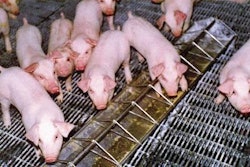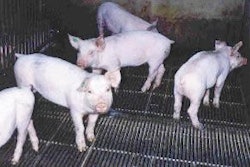While per capita availability of meat, eggs, and nuts increased 8 percent overall from 1970 to 2005, eggs fell 17 percent. Egg availability declined from 39.5 lbs. in 1970 to 32.7 lbs. in 2005, according to Dietary Assessment of Major Trends in U.S. Food Consumption, 1970-2005. Per capita availability is adjusted for cooking losses, plate waste, and other losses. Red meat also declined 17 percent over the period, with beef down 22 percent; pork, down 3 percent; and veal, lamb, and mutton, down 81 percent.
Leading all gainers was chicken, up 120 percent; and turkey, up 106 percent. Fish and shellfish were up 37 percent.
The study’s authors, Hoda Farah Wells and Jean Buzby, say that Americans, on average eat more than the recommended amount from the meat, poultry, fish, eggs, and nuts group.
The study says that the U.S. obesity rate among adults has more than doubled since 1970. According to the National Center for Health Statistics, about two-thirds of U.S. adults in 2003-04 were either overweight or obese, compared with 47 percent in 1976-80.
The study says that Americans are eating more from all major food groups—even fruits and vegetables. However, many are not meeting the Federal dietary recommendations. For Americans to meet these recommendations, they would need to substantially lower their intake of added fats, refined grains, and added sugars and sweeteners, and increase their consumption of fruits, vegetables, whole grains, and low-fat milk and milk products.
Research has shown that consuming eggs can assist in a weight-loss regimen.
















